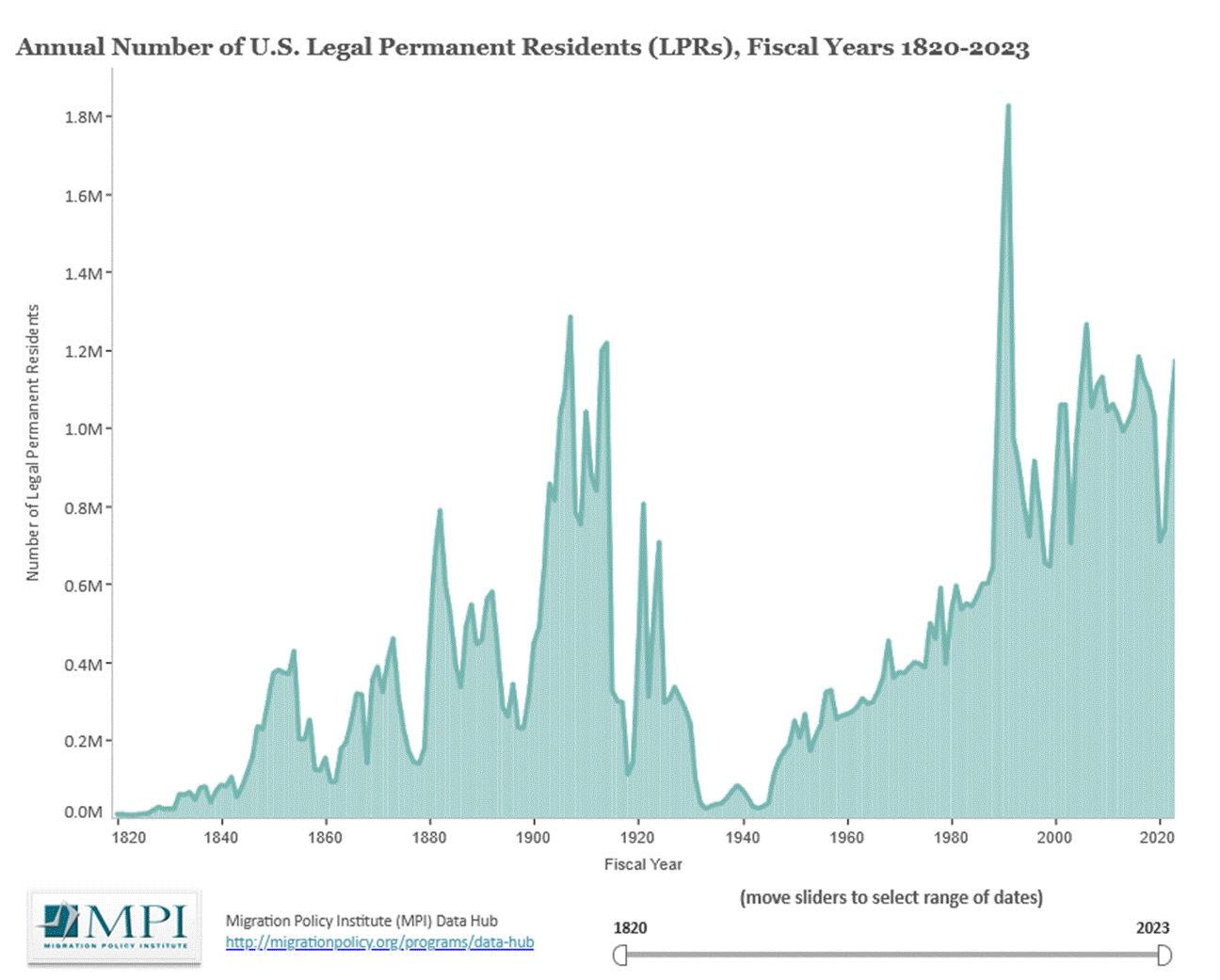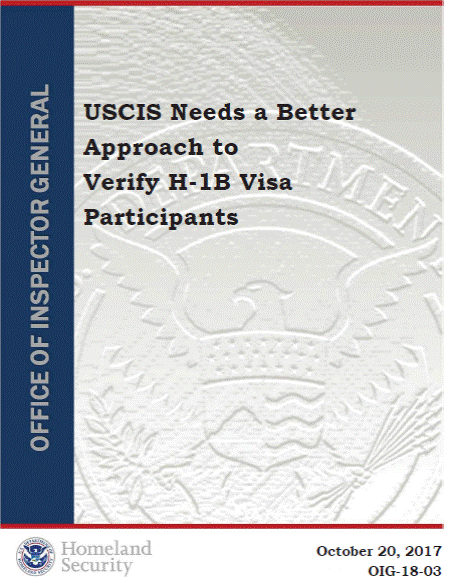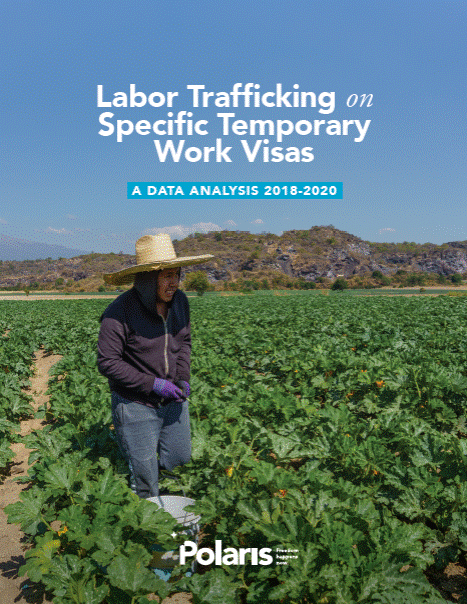Inspired by the work of my much superior colleague, Joseph Bright over in the UK, I have been tasked with putting together this American Immigration Policy Platform (AIPP) along the same lines of Bright’s British Immigration Policy Platform (BIPP). I also encourage readers to head over to the American Repatriation Policy Platform (ARPP) that is an essential companion to this piece!
Repatriation remains the essential policy for the times if we seek to reverse the demographic, cultural, and financial decline of this union, but it cannot solve all problems. It is vital that the American people reform outdated laws, replace legislation that works to our detriment, and begin to enforce the many, many, laws already “on the books” that—were they followed—would have kept us out of much of this mass immigration related disaster. Change is necessary to replace failed immigration policies and ensure the multicultural experiment we have been forced to endure is never allowed to resurface.
This matters not only for the changes mass immigration brings to the country, but because Americans want less immigration, full stop! A 2024 Rasmussen poll found that 41% of Americans, including 44% of White Americans, (the largest share) want fewer than 500,000 immigrants admitted to the country each year. It is worth noting that this was the smallest figure offered in the poll. Another 15% want fewer than 750,000 admitted each year, while 17% want fewer than one million immigrants admitted per year. Data from the Migration Policy Institute shows that of the 34 years between 1990 and 2024 some 20 years had immigration above one million, another 9 years had immigration above 750,000 (but below one million) and every year since 1978 has featured immigration figures above 500,000. Between 1925 and 1977 immigration did not exceed 500,000 for even a single year over the 52 year time span.

Today 73% of Americans, including 76% of White Americans, 62% of Black Americans, and 77% of Hispanics, are seeing immigration levels above those they would consent to if given a choice to determine policy. Only 12% of Americans want to see immigration increase in excess of one million per year.
Between 1915 and 1965 immigration into the United States averaged less than 350,000 a year and the foreign-born population of the country fell to its all-time low of 4.7% in 1970. Today the foreign-born population exceeds 53.3 million people or roughly 16% of the overall population. If the United States is going to heal a fractured social and cultural landscape, reduce pressure on American wages, reduce competition for jobs and housing, and integrate those immigrants and their descendants who decide to stay in a post-repatriation America then immigration must once again be reduced to record-low levels to allow for both effective repatriation policies and a subsequent “mass integration”. For these reasons White Papers proposes that an overall cap of 320,000 legal permanent resident visas be made available each year and that many categories of immigration be eliminated entirely. National quotas must be restored so that 87.5% of immigrants come from other Western countries.
The Diversity Immigration Visa and the special visa programs for Afghans and Iraqis are two examples of visa categories that should be eliminated entirely. While other categories such as the H-1B visa, a permit for “specialty occupations” and the like must be starkly curtailed.
Working Visas:
The current H-1B system allows for 85,000 new H-1B visas to be issued each year plus an additional unlimited number issued to H-1B applicants who seek to work for government and types of non-profits. These additional non-capped H-1Bs account for large volumes of new immigrants. According to Pew Research Center data 141,207 new H-1Bs were issued in fiscal year (FY 2024), or 56,107 more than the 85,000 cap thanks to the above-mentioned exceptions for certain entities. In total some 400,000 H-1B visas were issued in 2024 with the remaining 258,196 being renewals, and this still does not tell the whole story of H-1Bs! Each year roughly 30,000 to 40,000 H-1B workers become green card holders according to US government data, and thus remain in the country able to permanently compete with Americans.
These numbers are staggering and are made all the worse when taking into account how corporations and businesses appear to abuse the H-1B program to undercut American workers. In late 2023 Apple was fined $25 million (practically nothing—Apple’s market cap is $3.02 trillion) after the Justice Department launched an investigation in 2019 that found Apple was discriminating against American citizens in its hiring practices and instead giving employment to foreigners. META (Facebook) is now facing a lawsuit similarly stating that it prefers to hire non-citizens over Americans while in 2024 a class action suit by 2,000 Americans resulted in a large IT firm being found guilty of discriminating against non-Indian workers and preferring to hire Indians and other South Asians. Specifically this company was a “body shop” which helped American companies to replace American workers. A company, Disney was cited in the case, would fire hundreds of American workers and then this IT firm would provide its Indian and South Asian employees as replacements without Disney formally hiring them.
None of this is surprising. After all a 2017 report by the Department of Homeland Security’s Inspector General found that the US Citizenship and Immigration Service (USCIS) was providing “minimal assurance that H-1B visa participants are compliant and not engaged in fraudulent activity”.

Another report, this time from the Social Security Administration and published in 2011 found that as many as 18% of H-1B workers may have been engaged in fraudulent activity while in the United States, and these were just the immigrants issued H-1B visas that year.
Perhaps worse of all, these H-1B visas are often granted via lottery, so the Indian tech workers who flood the application system have a much higher change of being accepted than say a world-class Japanese neurosurgeon. The United States can train programmers by the thousands each year, but a skilled neurosurgeon takes decades to produce. The value difference is quite clear in this regard.
There are other types of temporary worker visas as well such as the H-2A agricultural visa and the H-2B non-agricultural worker visa, among many others. Here too there is significant abuse. The Polaris Project, an organization dedicated to helping the survivors of trafficking in the United States, identified 15,886 victims of labor trafficking between 2018 and 2020. A staggering 75% of these trafficking victims held a temporary visa to work in the United States.

Finally there are the EB categories of visas issued by the State Department. These focus on employment based-immigration for the exceptionally talented such as businesses executives, PhD holders, and other persons of “extraordinary” ability. Generally 140,000 to 160,000 of these visas are issued each year.
Most importantly, though, Americans want less work-based immigration. A November 2024 poll from Rasmussen shows that 59% of Americans, including 60% of White and 61% of Hispanic Americans, favor businesses raising wages and trying harder to recruit Americans rather than relying upon immigrant labor. Only 24% of Americans favor more immigrant labor being imported into the country.
In order to bring policy in line with the good of the nation and the will of the American people the following reforms will be crucial:
- A) Reducing the total number of visas available each year to 320,000 for all immigrant categories, with a minimum of 80,000 set aside for work-related visas. (By minimum we mean that these visas may not be allocated to other immigration categories, not that they must be filled)
- B) Eliminate the lottery system entirely. Preference must be given to immigrants based on qualifications and need. Neurosurgeons over programmers.
- C) Requiring in person interviews for every would-be immigrant.
- D) Allow state and local governments to review, follow up with and then object or approve of immigrant applications. Sub-national immigration policies already exist, such as in Quebec where the provincial government sets its own quotas and criteria for immigrants.
Scaling Back Family Reunification:
The American elite have enabled chain migration through our failure of a family-based immigration system. Currently American citizens can bring in their spouses and children, but they can also sponsor their parents, brothers, sisters. Legal permanent residents, green card holders, are able to sponsor their spouse and unmarried children of any age – including adult children! The United States government even maintains a helpful pamphlet for helping immigrants figure out how to sponsor their family members!
It is certainly reasonable for native-born Americans who marry a foreigner to sponsor their spouse and children to come to the homeland, but native-born Americans married to a foreign-born spouse comprise only 7.4% of all married couples in the United States. Foreign-born immigrants also married to foreign-born immigrants are nearly double the share at 13.2% of all married couples! Additionally once any of these individuals, whether they be married to an American spouse or a foreign one, receives US citizenship they can sponsor their parents and siblings.
This family-based immigration system has resulted in an immigration dynamic where 70% of immigrants admitted to the United States are not here for work or education, or even asylum, but instead because they are more often than not the family members of naturalized immigrants! 78% of new green card holders each year received those cards on account of being a family member of an immigrant or citizen. The moment they receive their green cards these new residents can sponsor their own spouses and children, and when they become American citizens they can sponsor their parents and siblings!
This must change. The aforementioned Rasmussen poll found that 58% of Americans feel family reunification should be limited to spouses and minor children only while just 28% of Americans supported reunification for extended families.
To rectify this the government must make the following reforms:
- A) Native-born Americans should retain the ability to sponsor their spouse and any children they may have regardless of the age of said children.
- B) Naturalized citizens may only sponsor their spouse and underage children. They may not sponsor children over 18, nor their brothers and sisters, and certainly not their parents.
- C) Legal permanent residents may only sponsor their spouse and underage children.
We also know that the immigration process is rife with fraud and deceit. When the State Department began DNA testing for its refugee family applicants for the P3 program only 16% of applicants tested as related to their claimed relative while 39% tested negative and 45% skipped the appointment. This is a fraudulence rate of 84%. If the fraud rate is even one quarter of this for other family reunification applicants then millions of immigrants have been fraudulently admitted to the United States on family reunification grounds.
For this reason the US government must DNA test any claims of parentage and relation in admitting immigrants. Modern DNA testing techniques allow for tests to be done in a matter of days and thus do not prove any kind of hindrance for individual applicants.
Finally the Immigration and Nationality Act (INA) must be altered to reduce the cap on family reunification visas. Currently about 480,000 family based visas are issued per year to the relatives of non-citizens, the unmarried adult children of American citizens and immigrants, the brothers and sisters of American citizens, and the married adult children of immigrants. Many of these categories must be eliminated.
Congress must make alterations:
- A) There should be no cap on reunification visas for native-born Americans, who may only bring in spouses and children.
- B) Naturalized citizens share of family reunification visas must be fixed at 100,000 or lower.
- C) Legal permanent resident (green card) share of family reunification visas must be fixed at 80,000 or lower.
Refugees:
Prior to the Refugee Act of 1980 (signed by Carter and drafted using United Nations guidelines and principles) the United States had no comprehensive refugee policy. Instead refugees were included in the national quotas and later in the 20th century several specific pieces of legislation such as the Azorean Refugee Act of 1958 and the displaced persons act of 1948 which allocated specific caps and budgets for refugees from specific countries or regions. For many years refugees were capped at 17,400 annually, and then the 1980 act increased the cap to 50,000, though this cap has proven to be effectively meaningless.
Provisions in the act have allowed the President of the United States to use executive orders to regularly make use of “emergencies” to admit many more refugees. Since the act”s 1980 passage more than 3.5 million refugees have been admitted to the United States, 1.1 million more immigrants than would have been admitted had the quotas been adhered to. It is clear that politicians cannot be trusted to maintain a sensible refugee and asylum seeker system.
White Papers proposes that legislation be enacted to cap the number of refugees admitted per year at 15,000 and that no provisions be included for “emergencies” or other circumstances. If there is a refugee crisis so severe that the American people wish to allow in more refugees then Congress must return to writing legislation to allow in specific people(s), at specific numbers, and with a specific budget for their maintenance while in the United States.
Restoration of National Quotas:
From 1921 to 1965 the United States operated with a National Origins Quota System that took the extant demographics of the White population of the United States in 1921, 1924, and 1952 and created a system of quotas for what share of immigrants would be allowed into the country. The 1921 quotas required that 99.53% of immigrants be of European origin, the 1924 legislation required that 97.97% of immigrants be European in origin, while the 1952 act required 94.41% of immigrants originate in Europe. Over the course of this legislative history the British were roughly 40% of immigrants admitted each year, followed by roughly 17% for Germans, 11% for the Irish and the other nationalities of Europe received generally less than 1-2% of the total each year.
We propose the United States return to a national origins quota system based off the demographics of the United States in 1970, when the foreign-born population was at its lowest share of the overall populace (4.7%). Under this system 87.5% of the proposed 320,000 immigrants would come from the roughly 40 countries that comprise the Western and Slavic world while the remaining 153 countries in the world would each get a 0.08% share of the quota each year.
The United States needs a change of direction in a great many areas of policy, and no area more so than its decades old and desperately failed immigration policies!

